- No products in the cart.
Timolol solofarm drops Ch. 0.5% 5ml vial-cap. 1 PC
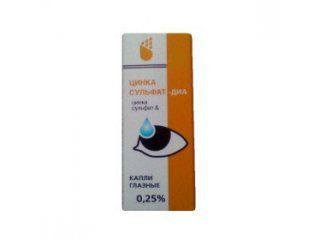
Zinc sulfate-dia drops Ch. 10ml vial, cap.
$1.84
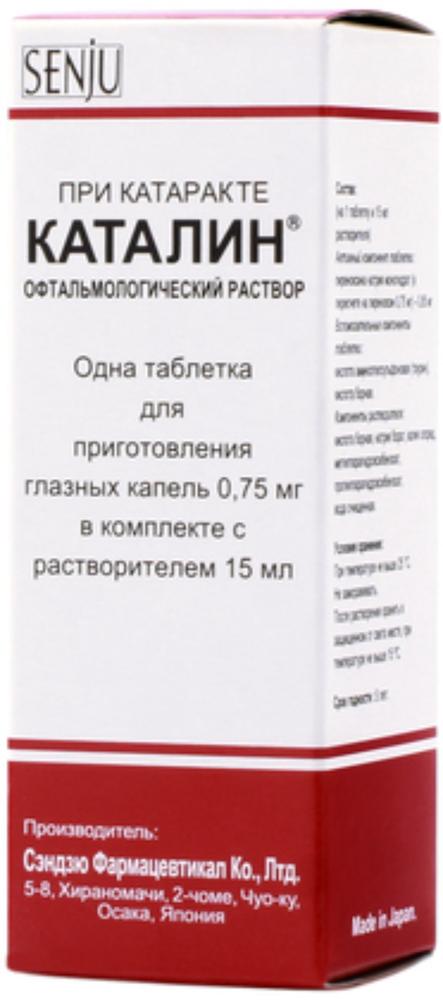
Katalin tab for prig.kapel Ch. + 0.75mg solvent 15ml vials.
$12.34
$0.96
Timolol solofarm drops Ch. 0.5% 5ml vial-cap. 1 PC
Description
Composition
Active substance:
1 ml solution contains:
Timolol 5.00 mg (as timolol maleate-6.84 mg).
Excipients:
Benzalkonium chloride – 0.10 mg Sodium dihydrogen phosphate dihydrate – 6.10 mg, Sodium hydrogen phosphate dihydrate – 15.16 mg Water for injection – up to 1 ml.
Description:
Clear, colorless or slightly brownish liquid.
Product form:
0.5% eye drops.
5 ml in a vial with a dropper of low density polyethylene and the lid from the first control opening of the vial or dropper, high density polyethylene together with the lid and screwed plug-dropper.
1 or 3 vials together with instructions for use in a stack of cardboard.
Contraindications
Bronchial asthma, sinus bradycardia, atrioventricular block II and III extent without the pacemaker, asthma, chronic heart failure, cardiogenic shock, severe chronic obstructive pulmonary disease, sick sinus node syndrome, hypersensitivity to the drug.
Carefully
Cerebrovascular insufficiency, hypotension, diabetes, hypoglycemia, pulmonary insufficiency, thyrotoxicosis, myasthenia gravis, sinoatrial block, disturbance of peripheral circulation (including Raynaud’s syndrome), pregnancy, simultaneous administration of other beta-blockers.
Dosage
0.5%
Indications
Elevated intraocular pressure (ocular hypertension), open-angle glaucoma, glaucoma in afakticheskom eye and other types of secondary glaucoma, congenital glaucoma (the ineffectiveness of other agents), as an additional means for reducing the intraocular pressure in angle-closure glaucoma (in combination with miotikami).
Interaction with other drugs
Joint use of the drug with the eye drops containing epinephrine may cause pupil dilation.
The specific effect of the drug – decrease in intraocular pressure which may be exacerbated by the simultaneous use of eye drops containing pilocarpine and epinephrine.
Two different beta-blockers should not be instilled into the same eye.
Hypotension and bradycardia may be amplified while using the drug with calcium antagonists, reserpine and systemic beta-blockers.
CYP2D6 inhibitors such as quinidine and cimetidine, may increase the concentration of timolol in plasma.
Concomitant use with insulin or oral antidiabetic agents may lead to hypoglycemia.
Timolol increases the effects of muscle relaxants, so the necessary removal of the drug 48 hours before planned surgery with general anesthesia.
These data may also apply to drugs that have been used shortly before.
Overdose
May develop systemic effects typical of beta-blockers: dizziness, headache, arrhythmia, bradycardia, bronchospasm, nausea and vomiting, loss of consciousness, hypotension, dyspnea, generalized seizures, cardiogenic shock, cardiac failure and cardiac arrest.
If accidentally receiving timolol inwardly necessary gastric lavage and activated charcoal method. It was shown that the drug can not be removed from the body by hemodialysis.
With the development of bradycardia and bradyarrhythmias (atrioventricular block at II and III degree) recommended intravenous atropine sulphate at a dose of 0.25 to 2 mg; after partial relief of bradycardia shown isoprenaline administration. When intractable bradycardia should consider installing a pacemaker. If hypotension recommended intake of sympathomimetic agents, such as dopamine, dobutamine, norepinephrine. If no effect – administering glucagon. With the development of acute heart failure recommended the use of digitalis and diuretic drugs, as well as oxygen therapy, when inefficiency – intravenous aminophylline.
pharmachologic effect
Pharmacological group:
Antiglaucoma agents – beta-blocker.
Pharmacodynamics:
Non-selective beta-adrenoceptor blockers without sympathomimetic activity. It does not have significant intrinsic sympathomimetic, direct myocardial depressing and local anesthetic (membrane stabilizing) activity of beta blockade in the bronchi and bronchioles increases airway resistance due to the lack of antagonism to parasympathomimetic activity. Such an effect in patients with asthma or other bronhospasticheskimi states may represent a potential danger.
Beta blockade reduces cardiac output in both healthy subjects and patients with heart disease. In patients with severe impairment of myocardial function, beta blockade may weaken the effect of stimulating the sympathetic nervous system necessary to maintain adequate cardiac function. When applied topically as eyedrops reduce both normal and elevated intraocular pressure by decreasing the formation of intraocular fluid. Elevated intraocular pressure is a major risk factor in the pathogenesis of development characteristic of glaucoma optic nerve damage and narrowing of the field boundaries. It does not affect the width of the pupil and accommodation. The exact mechanism for the reduction of intraocular pressure due timolol, is not known. According tonography fluorometry and in humans by topical application of timolol reduces intraocular pressure by decreasing the formation of aqueous humor, and a small increase in its outflow. Reducing the intraocular pressure does not affect the accommodation and pupil size, so there is no deterioration of visual acuity; It does not reduce the quality of night vision. Action manifests 20 minutes after instillation. Maximal effect was observed after 1-2 h. The duration of action of 24 hours.
Pharmacokinetics:
Timolol rapidly penetrates the cornea of the eye tissue. After instillation in the anterior chamber moisture maximum concentration (Cmax) is achieved after 1-2 h in plasma. The small amount enters the systemic circulation by absorption through the conjunctiva, mucous membrane of the nasal and lacrimal tract. Cmax timolol in plasma is about 0.824 ng / ml and maintained until the threshold of detection within 12 hours. In infants and young children timolol Cmax Cmax significantly exceeds adult blood plasma. The half-life (T1 / 2) of timolol is 4.8 hours after topical application. Timolol metabolism is carried isoenzyme CYP2D6. Timolol and the resulting metabolites are primarily excreted by the kidneys.
Pregnancy and breast-feeding
When pregnancy is used with caution only when the expected therapeutic effect for the mother outweighs the potential risk to the fetus or child.
If necessary, use during lactation should stop breastfeeding.
Conditions of supply of pharmacies
Prescription.
side effects
Adverse reactions arising after oral administration of timolol and other beta-blockers may be regarded as a potential side reaction and timolol preparations in the dosage form of eye drops.
Adverse reactions, the details of which were obtained in clinical trials and post-marketing surveillance of drugs in the formulation of timolol eye drops
The frequency of side effects identified in the course of studies and in post-marketing surveillance, were evaluated as follows: very often (> 1/10); often (> 1/100 to
special instructions
Postoperatively antiglaukomatoznyh operations and the use of drugs that lower the intraocular fluid secretion may develop choroidal detachment. Application timolol patients with severe atopy or pathological reactions to various allergens history can cause more severe reactions in response to accidental, diagnostic or therapeutic management of allergens. Such patients may respond poorly to administration of usual doses of epinephrine for the relief of anaphylactic reactions. Beta-blockers are able to mask a series of clinical symptoms of hyperthyroidism (in particular tachycardia). caution is required when using beta-blockers in patients with the possibility of hyperthyroidism. In patients without heart failure, a history of prolonged myocardial depression in some cases can lead to heart failure. If you experience the first signs of cardiac failure should be abolished timolol. Care should be taken when assigning timolol patients with AV block I degree, Prinzmetal angina and peripheral circulatory disorders (Raynaud’s phenomenon). The main pathogenetic aspect angle-closure glaucoma treatment is necessary to open the anterior chamber angle, which is achieved by narrowing the pupil via miotikov. Due to the lack of effect on the pupil diameter of timolol in angle-closure glaucoma drug therapy may be applied only in conjunction with miotikami. Because of the possible effect of beta-adrenergic blocking agents on blood pressure and heart rate, these funds should be used with caution in patients with cerebrovascular insufficiency krovobrascheniya. If, after the start of therapy with timolol develop signs or symptoms of cerebral circulation decline, should review the need for the local treatment of beta-blockers. Application of timolol may enhance muscle weakness in myasthenia (e.g., cause an increase diplopia and ptosis general weakness). In some patients with myasthenia gravis and other diseases marked increase myasthenic muscle weakness in the application of timolol. When applied simultaneously with other therapeutic agents necessary to observe the interval between instillation of not less than 15 minutes. In applying the necessary control slezovydeleniya function howl condition corneal shell and evaluate the magnitude of the fields of view of at least 1 per 6 months. The drug contains the preservative benzalkonium chloride which may cause eye irritation, absorbed by soft contact lenses, causing discoloration and exerts adverse effects on the eye tissues. Contact lenses should be removed before using the product, and if necessary to put them again no earlier than 15 minutes after instillation. Prolonged use of the drug possible toxic effect of the preservative benzalkonium chloride on the corneal epithelium (punctate keratopathy development and / or peptic toksiches- Coy keratopathy). There were cases of bacterial keratitis in patients treated with timolol in containers for repeated dispensing of ophthalmic drugs. These containers are inadvertently contaminate the cornea patients with concomitant diseases. When transferring patients to treatment with timolol may need correction of refractive changes induced by the previously used miotikami.
The drug, like other beta-blockers may mask the symptoms of hypoglycemia possible in the blood of patients with diabetes mellitus.
In the case of the upcoming surgery under general anesthesia, it is necessary to cancel the preparation for 48 hours before the operation, as it enhances the action of general anesthetics and muscle relaxants.
Effects on ability to drive vehicles and mechanisms:
During the period of treatment must be careful when driving and occupation of other potentially hazardous activities that require high concentration and psychomotor speed reactions in relation to the profile of adverse events (in particular, the part of the organ of vision and nervous system).
Storage conditions
At a temperature not exceeding 25 C. Keep out of reach of children.
Dosing and Administration
Early treatment of 1-2 drops in the affected eye 2 times a day.
If the intraocular pressure is normal with regular use, you should reduce the dose to 1 drop 1 time per day in the morning. Doses exceeding 1 drop of 0.5% solution of timolol 2 times a day, do not lead to further reduction in intraocular pressure. If the application of timolol can not achieve the required level of intraocular pressure is necessary to consider the application of other antihypertensive drugs. The simultaneous use of two beta-blockers for topical use is not possible. Patients with significantly pigmented iris, there may be a less pronounced reduction of intraocular pressure, and a longer period achieve compensation intraocular pressure. After the cessation of treatment the hypotensive effect of timolol may persist for several days, and in case of prolonged treatment prior residual hypotensive effect can persist for 2 to 4 weeks. When conducting timolol therapy for only one eye can be marked hypotensive effect with respect to the contralateral eye. Monitoring the effectiveness of the drug is recommended approximately 3-4 weeks after initiation of therapy (not earlier than 1-2 weeks). With prolonged use of timolol possible weakening effect.
Go with another antihypertensive therapy:
In the transition from one therapy to beta-blocker therapy with another drug from the group of beta-blockers is recommended to complete a full day of therapy previously used antihypertensive agent, and the next day start instillation of timolol 0.25% in each affected eye 1 drop 2 times a day. In the absence of an adequate response to therapy dose can be increased to one drop of 0.5% timolol solution in each affected eye twice a day.
When moving to antihypertensive drug therapy of other groups except beta blockers, continue instillation previously appointed with the addition of the drug instillation of one drop of 0.25% timolol solution in each affected eye twice a day. The next day, made the abolition of the previously applied treatment and continued therapy with timolol.
The use in the pediatric population
According to the limited data, timolol may be recommended to reduce intraocular pressure in infantile and juvenile congenital glaucoma preoperatively or in case of failure of surgery.
Before using the product you must carefully evaluate the risks and benefits of the use of timolol in the pediatric population by careful anamnesis in relation to systemic disorders.
If the benefit outweighs the risk, it is recommended to use timolol in the lowest possible concentration of available 1 drop of 1 per day. With insufficient control of intraocular pressure must go to the use of 2 times a day by one drop instillation intervals between 12 hours. Necessary to control ocular and systemic side effects within 1-2 hours after the first instillation, especially in infants and children up to three years, due to the possibility of apnea and respiratory type Cheyne-Stokes. Must notify parents of the child being treated with timolol, the drug should be abolished in the case of a child with the side effects of the respiratory system, such as coughing and sneezing.
Timolol treatment is carried out, as a rule, for a long time. Break in treatment or change in medication dosage are carried out only by order of a physician.
Information
Appearance may differ from that depicted in the picture. There are contraindications. You need to read the manual or consult with a specialist
Additional information
| Weight | 0.100 kg |
|---|---|
| Manufacturer | Grotex Ltd. |

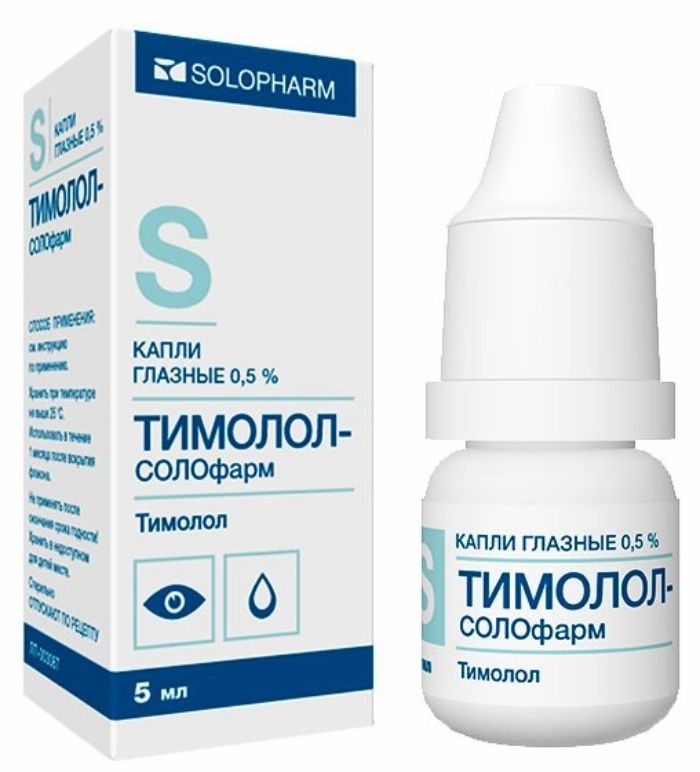
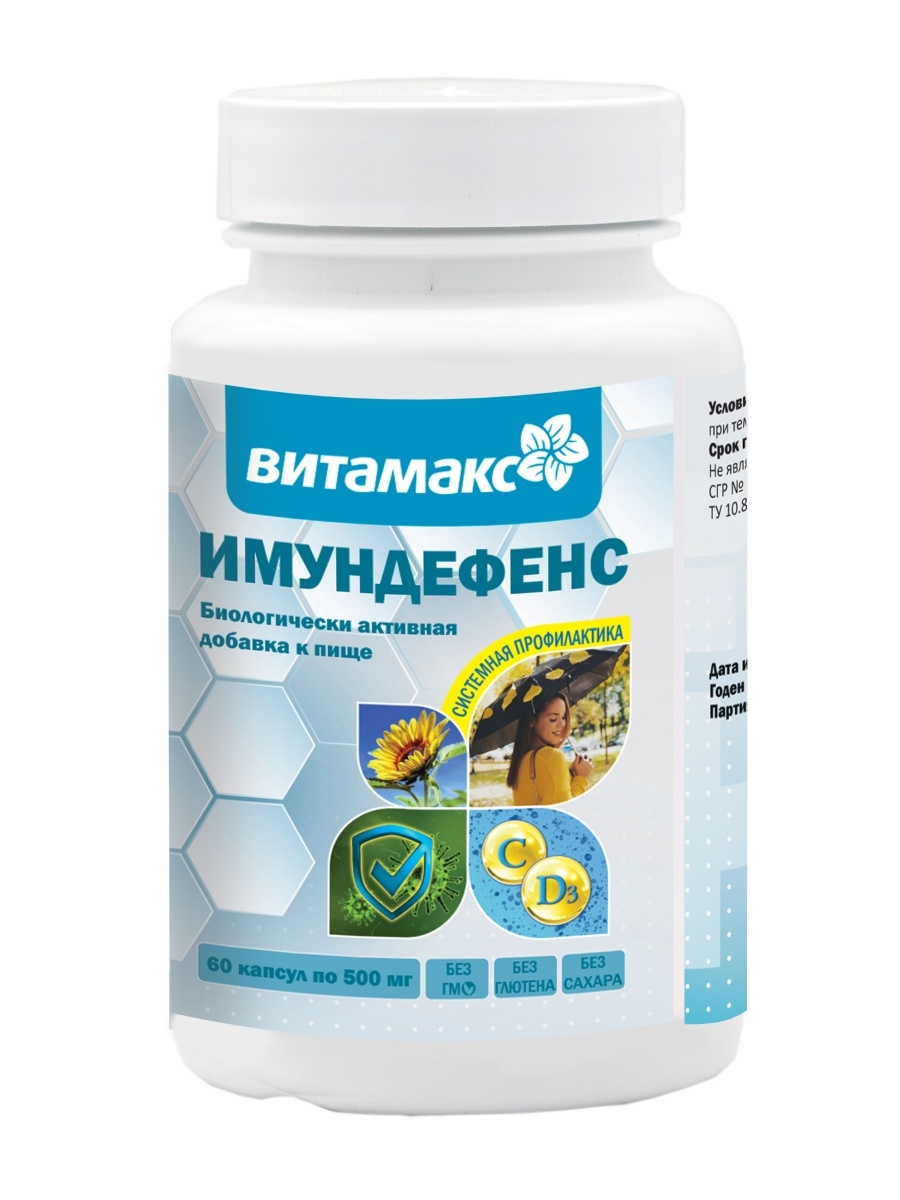
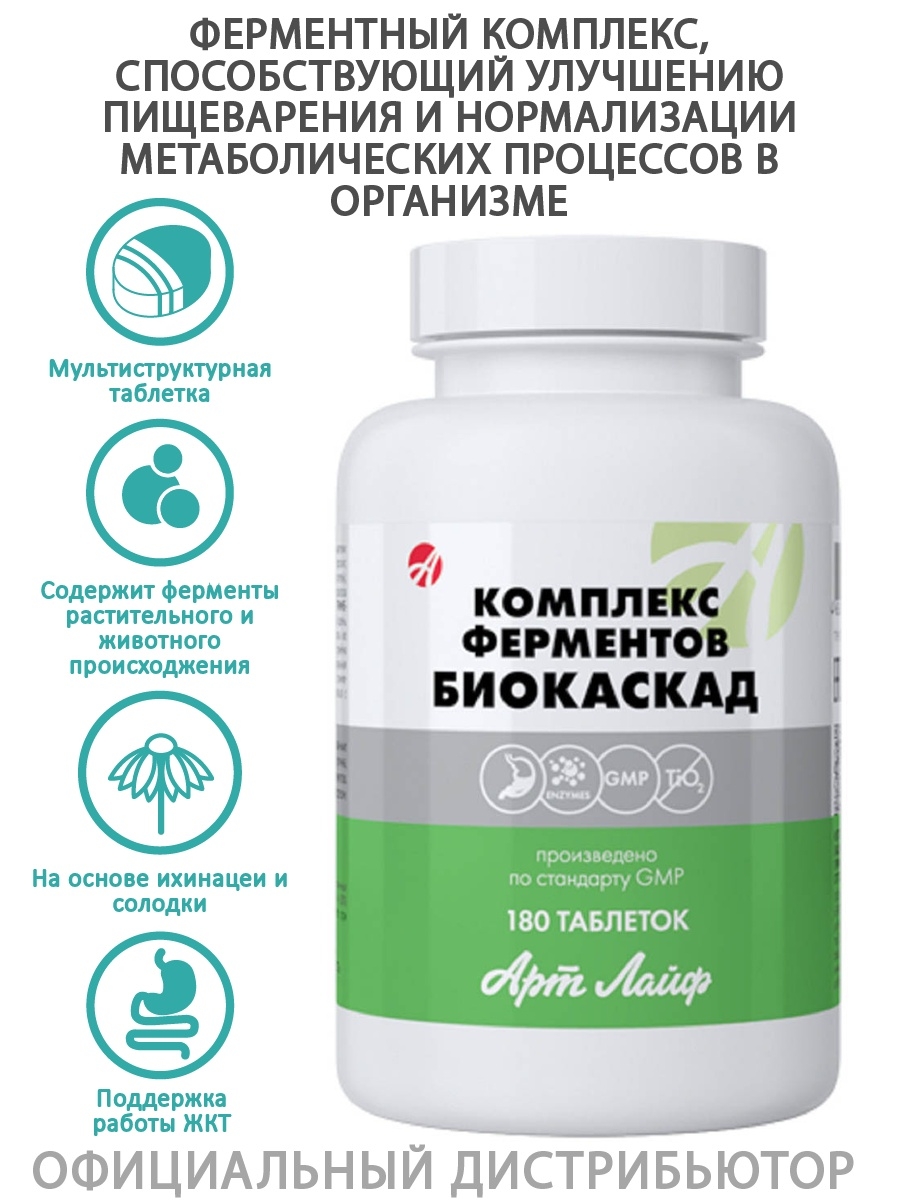
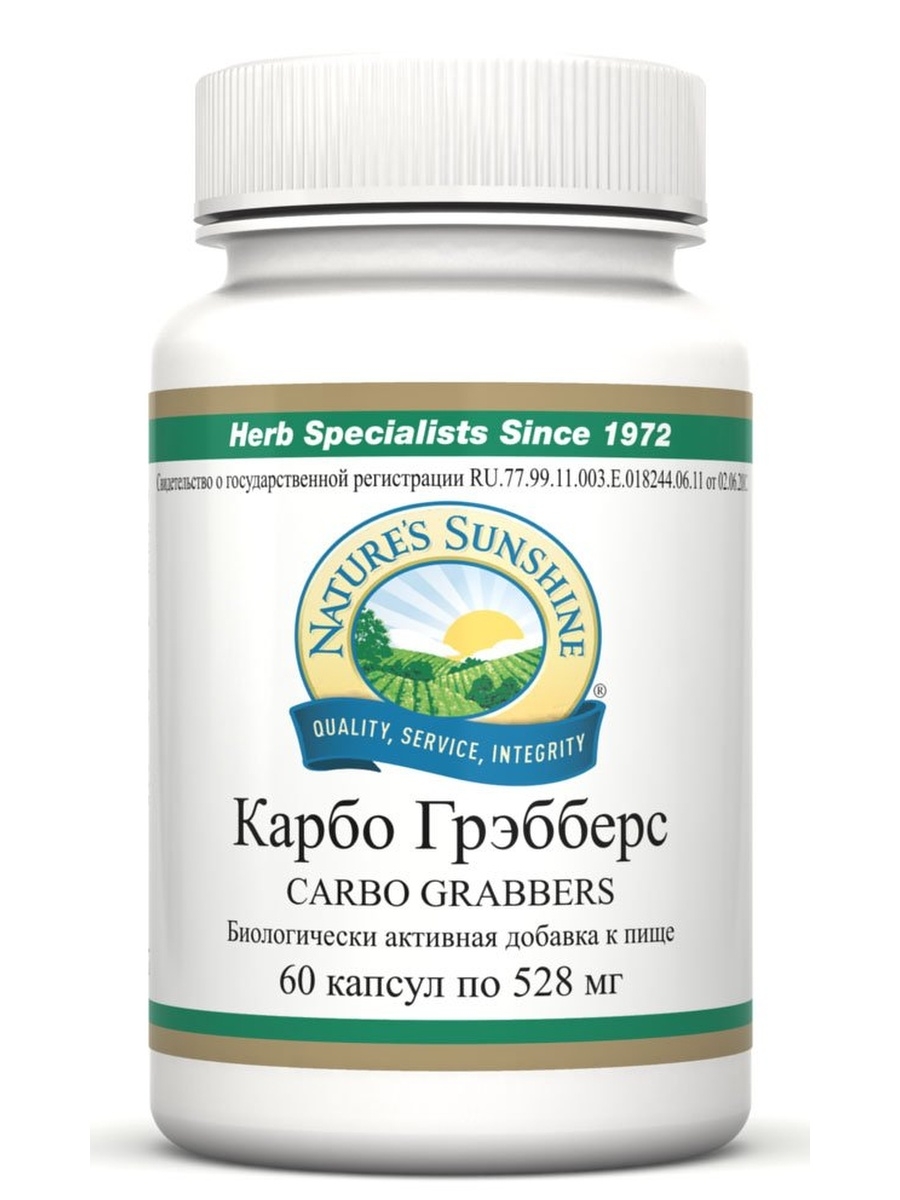
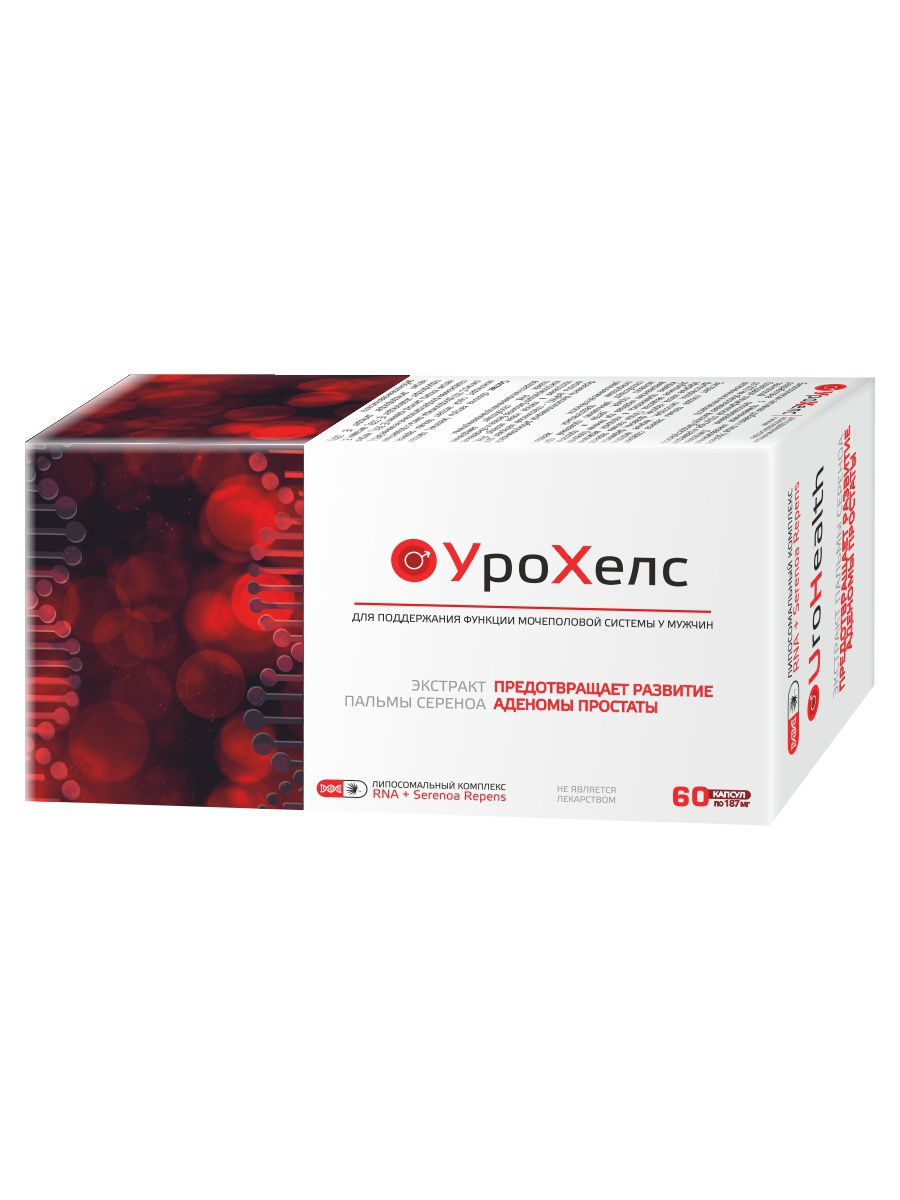
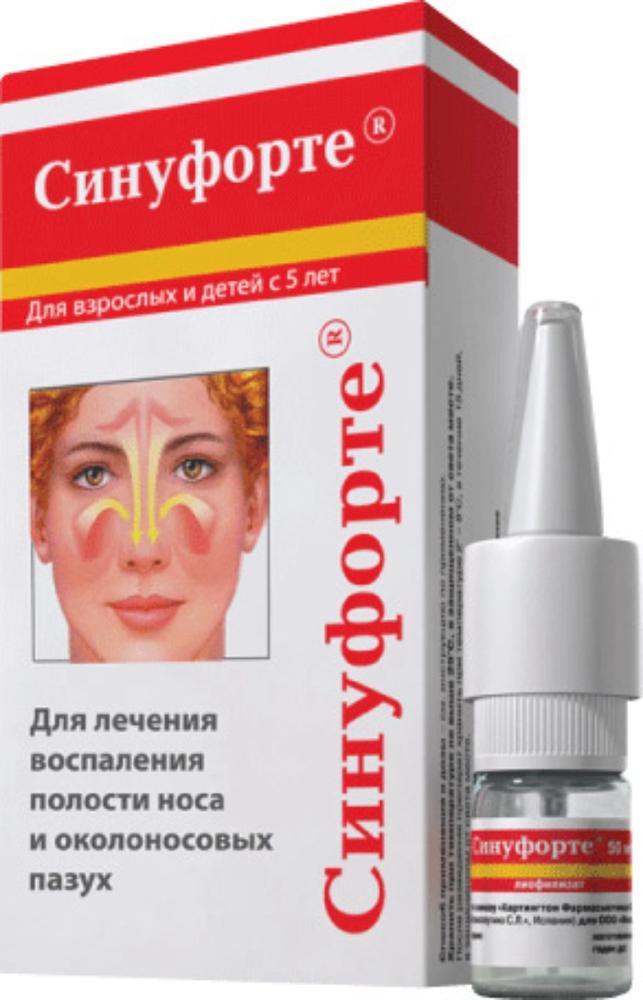
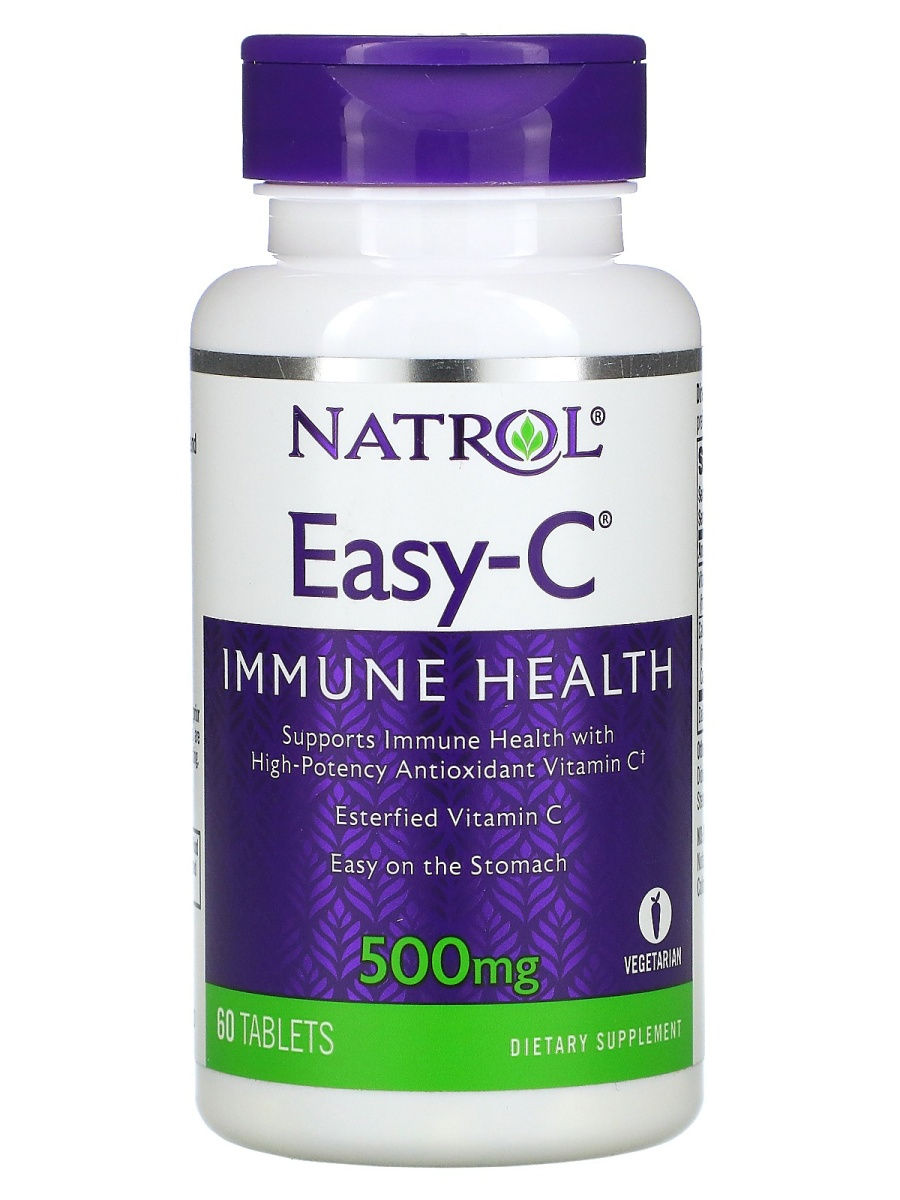




There are no reviews yet.